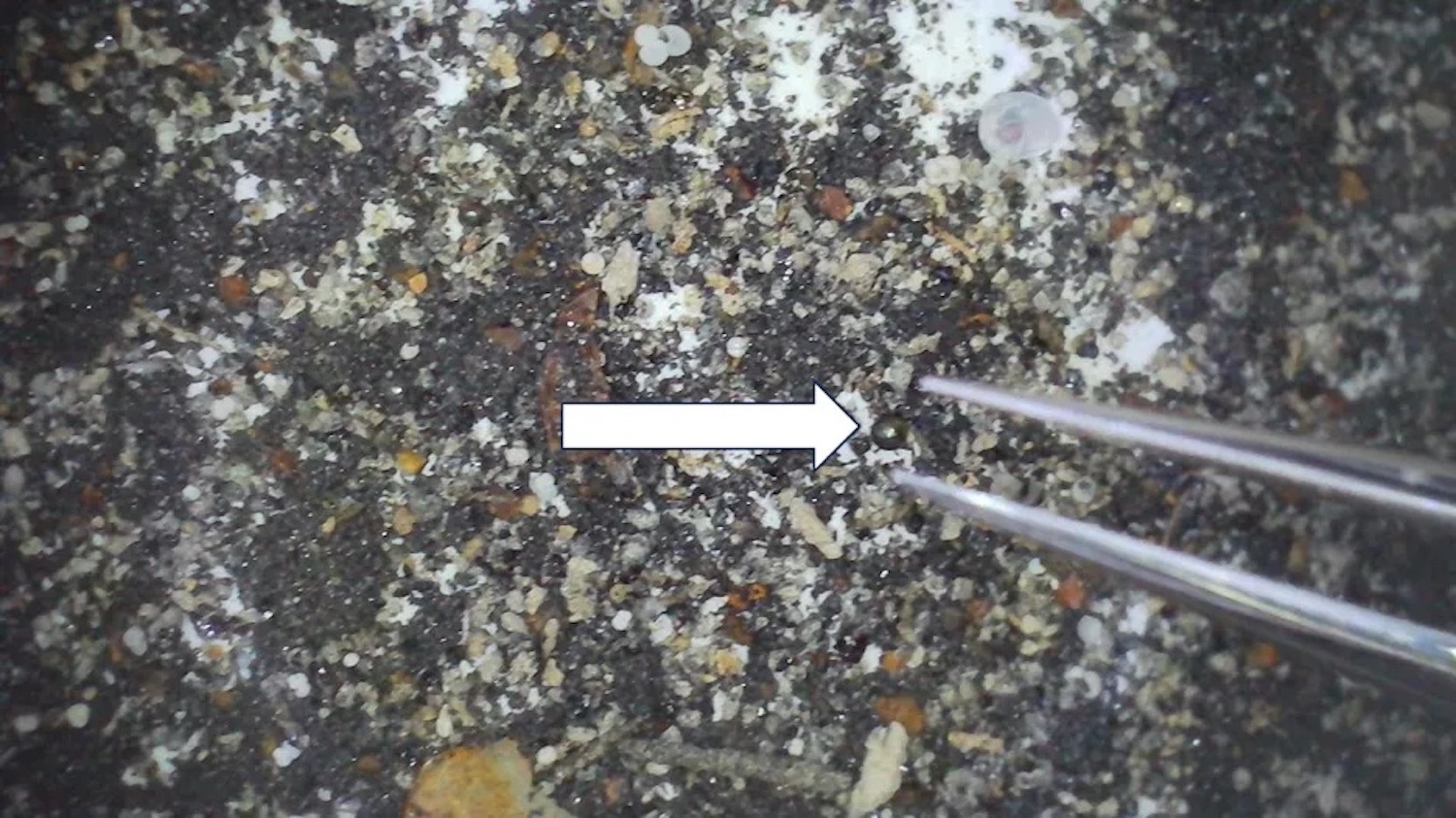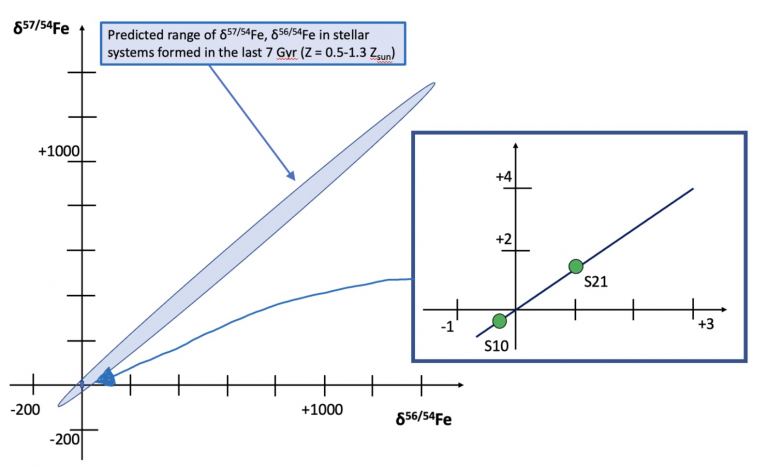In the vast tapestry of the universe, our Solar System is just a stitch woven in a stellar nursery next to a myriad of neighboring stars. From time to time, interstellar objects such as Oumuamua and Borisov cross our “island”, hinting at the interaction of celestial bodies that have flown to us from distant worlds. However, amid speculation about extraterrestrial encounters, a recent statement by scientist Avi Loeb and his team attracted a lot of attention with their research, which claimed that some of these interstellar remnants were discovered on the ocean floor. However, a new study has shown that the material is of quite local origin.

The debate is based on the 2014 event when a meteorite fell off the coast of Papua New Guinea. Its unusual composition led some scientists to assume its celestial origin. Loeb’s team discovered tiny, iron-rich spheres known as spherules. Initial analyses hinted at isotopic anomalies indicating their “alien” origin.
However, as is the case with all cosmic mysteries, upon closer examination, everything becomes less mysterious. The trajectory of the 2014 meteorite fall has cast doubt on the direct connection between the observed spherules and their probable alien source. Moreover, the isotopic composition of these spherules, earlier considered anomalous, now finds resonance in the familiar spectra of the elemental diversity of our Solar System.
The composition of isotopes, unusual at first glance, reveals to us a story intertwined with the geological record of the Earth. For example, the ratio of iron isotopes, which at first seemed alien, actually harmonizes with the Earth’s environment, in particular, the ratio of 57Fe and 56Fe. Scientists have calculated that the probability that the spherules are interstellar is less than 1 chance in 10 thousand. Therefore, isotopic signatures once considered extraterrestrial aliens have already found themselves in the arms of a local origin.

The region of the spherules found is part of the so-called Australasian tektites. This is a huge field that covers Southeast Asia all the way to Antarctica, and it was caused by a strong impact 790 thousand years ago. The team investigated other isotope ratios and found that they corresponded to other known tektites in the area. This means that they originate from the middle of the Solar System.
While the cosmic symphony is playing, the search for interstellar remnants on Earth does not stop. If scientists have not found them yet, it does not mean that they do not exist.
Earlier, we reported on how we would be able to intercept interstellar objects.
According to universetoday.com
Follow us on Twitter to get the most interesting space news in time
https://twitter.comne/ust_magazine


